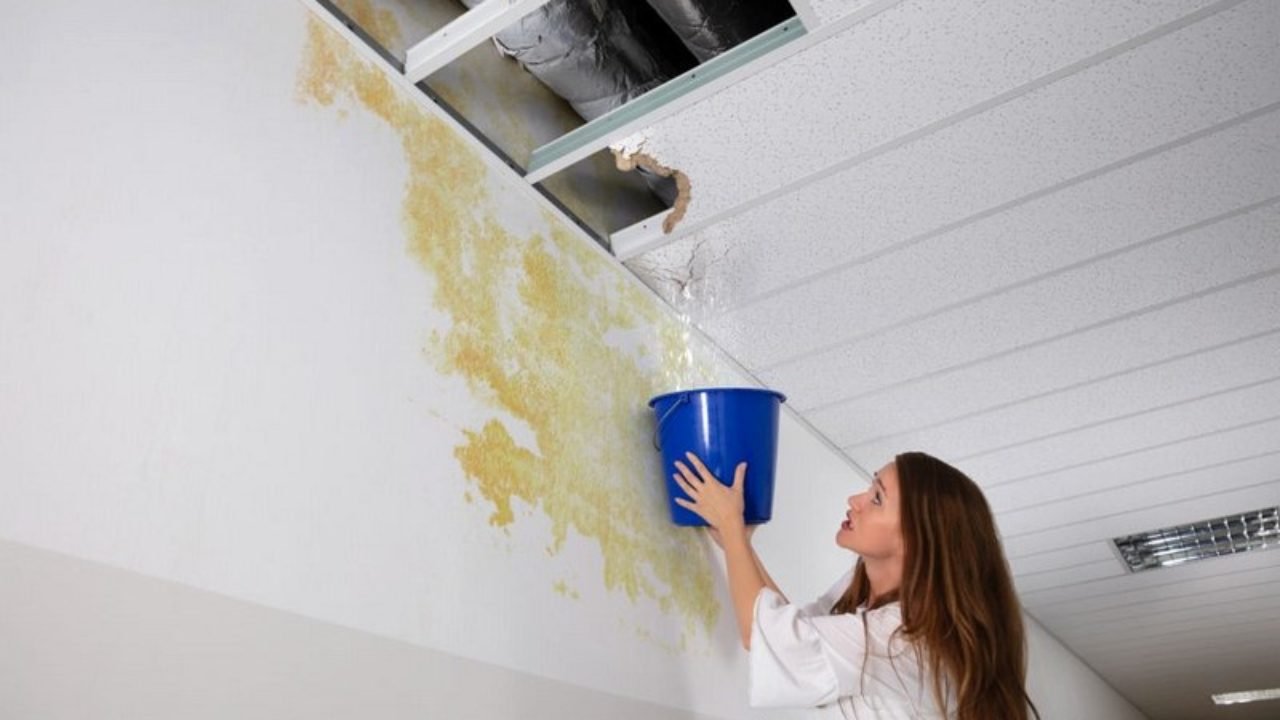The article author is making a few good pointers regarding How Fast Water Damage Can Ruin Your Home overall in this article underneath.

Leaks not only trigger waste of water but can also create unneeded damages to your residence as well as advertise unwanted natural development. By looking and recognizing for day-to-day situations that create leaks, you can protect your house from future leaks and unnecessary damages.
Elbowing in origins
Most water leaks begin outside your house instead of inside it. If you discover an unexpected reduction in water stress, state in your tap, take some time to head out and examine your lawn. You may discover damp spots or sinkholes in your lawn, which may imply that tree origins are getting into water lines causing water to permeate out. You can have your plumber check for intrusion, particularly if you have trees or shrubs near your home.
Rusty water supply
As time goes by, your plumbing system ages as well as deterioration such as rust might begin gnawing the pipes. This might be the source of discoloration or bending on your water pipes. This asks for an assessment with your plumber instantly. Take into consideration replacing the pipelines because they are at a higher threat of rust than the more recent models if our plumbing system is old.
Malfunctioning Pipeline Joints
The point at which your pipelines attach is frequently the weakest web link in the waterline. Pipeline joints can wear away over time, causing water leakages. The bulk of pipe joints are not easily noticeable. If you have loud pipes that make ticking or banging sounds, especially when the warm water is switched on, your pipe joints are most likely under a great deal of stress. It is advisable to have your plumber inspect your system once a year.
Instantaneous temperature level modifications.
Extreme temperature adjustments in our pipes can trigger them to expand and get suddenly. This development as well as tightening might create splits in the pipelines, especially if the temperature are listed below freezing.
Poor Water Connectors
At times, a leak can be created by loosened hose pipes and also pipes that supply your devices. In situation of a water links leak, you might observe water running straight from the supply line or pools around your home appliances.
Obstructed Drains
Clogged drains may be bothersome and also inconveniencing, however they can in some cases wind up causing an overflow leading to break pipelines. Keep removing any type of products that might drop your drains that can obstruct them to stay clear of such aggravations.
All the above are causes of leaks but not all water leaks result from plumbing leakages; some leakages could originate from roofing leakages. All leaks ought to be repaired instantly to avoid water damages.
Leakages not only cause waste of water yet can additionally trigger unnecessary damages to your house and advertise unwanted organic development. By comprehending and looking for day-to-day circumstances that create leaks, you can protect your home from future leaks and also unnecessary damage. Today, we will look at six leak triggers that may be triggering your pipelines to leak.
At times, a leak can be triggered by loosened pipes and also pipes that supply your appliances. In case of a water connections leak, you may see water running directly from the supply line or pools around your devices.
How To Check For Water Leak In Your Home
How To Check for Leaks
The average household's leaks can account for nearly 10,000 gallons of water wasted every year and ten percent of homes have leaks that waste 90 gallons or more per day. Common types of leaks found in the home are worn toilet flappers, dripping faucets, and other leaking valves. These types of leaks are often easy to fix, requiring only a few tools and hardware that can pay for themselves in water savings. Fixing easily corrected household water leaks can save homeowners about 10 percent on their water bills.
To check for leaks in your home, you first need to determine whether you're wasting water and then identify the source of the leak. Here are some tips for finding leaks:
Take a look at your water usage during a colder month, such as January or February. If a family of four exceeds 12,000 gallons per month, there are serious leaks.
Check your water meter before and after a two-hour period when no water is being used. If the meter changes at all, you probably have a leak.
Identify toilet leaks by placing a drop of food coloring in the toilet tank. If any color shows up in the bowl after 10 minutes, you have a leak. (Be sure to flush immediately after the experiment to avoid staining the tank.)
Examine faucet gaskets and pipe fittings for any water on the outside of the pipe to check for surface leaks.
Undetected water leaks can happen without the home or business owner even realizing. If you suspect a water leak, but not able to find the source. It is time to contact a professional water leak detection service, The Leak Doctor.
How To Find a Water Leak In Your Home
https://www.leakdoctor.com/blog/How-To-Check-For-Water-Leak-In-Your-Home_AE197.html

As a keen person who reads on Common Water Leaks In House, I assumed sharing that excerpt was essential. Feel free to take a moment to distribute this blog if you enjoyed it. We enjoy reading our article about How to Find Water Leaks.
Hot water gone? Dial here.